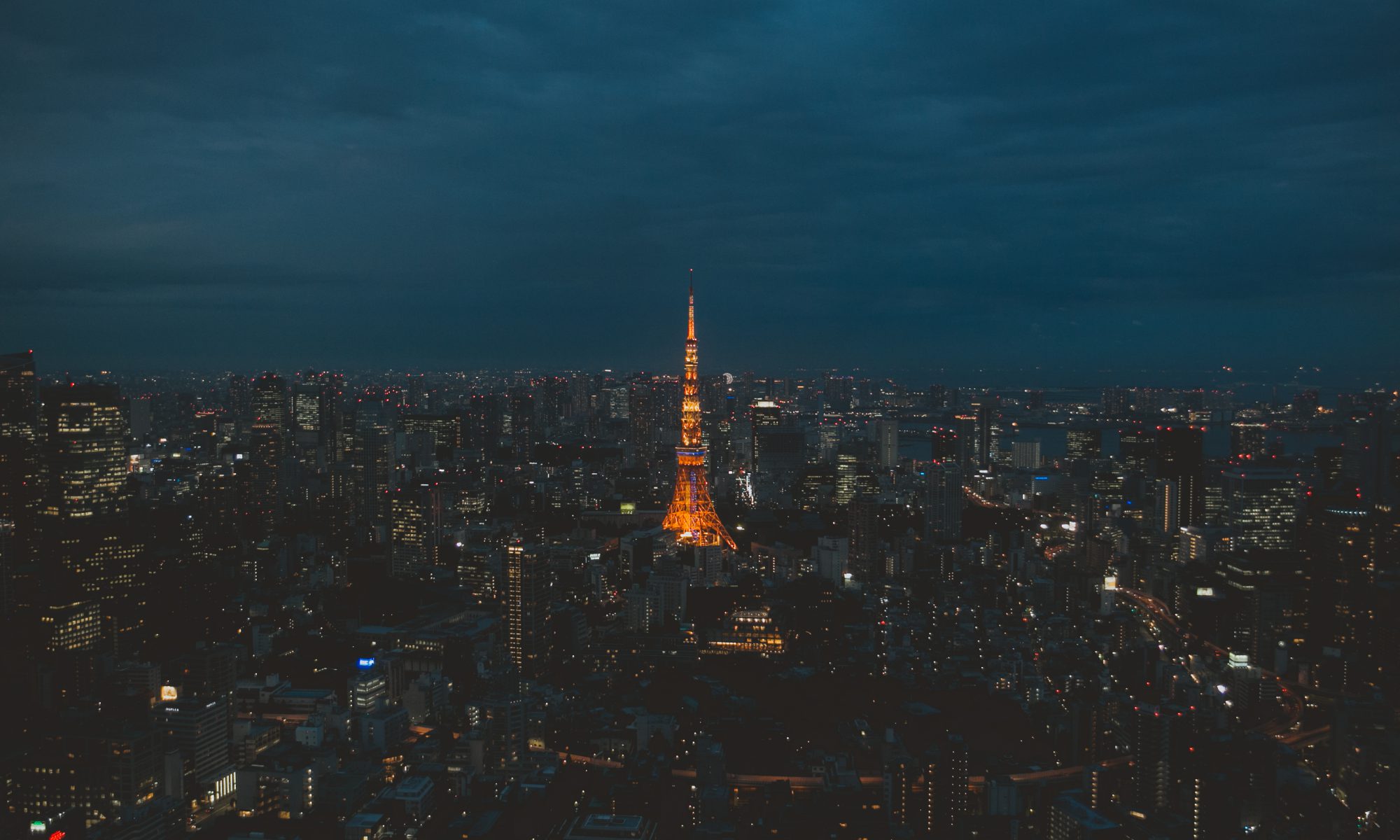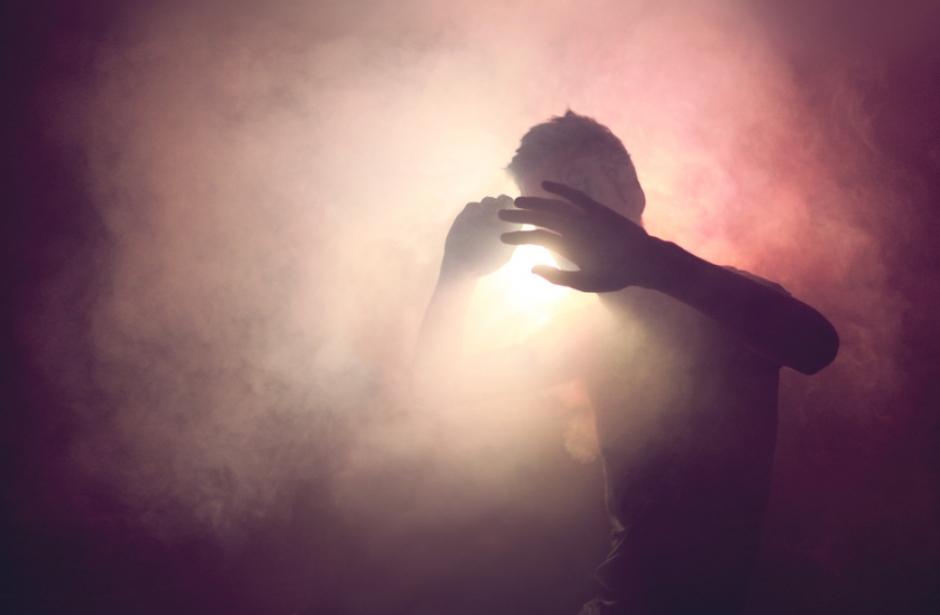Pre Production
When I got the assignment brief I looked into famous self portrait photographers that I knew about and studied their works. I picked out what I really liked about their style, their considerations and their workflow.

Oh and lucky for me, as I was walking around kinokuniya, I found these two books on this kind of portraitures (yay). So that was my weekend readings as I worked on this project, too. Also that was probably the most expensive part of this project I spent on. Goodbye 48 dollars. You could’ve gotten me so many McSpicy Meals.
I decided to explore the concept of the various types of dreams as there is a surrealistic, mystical and mysterious themes in my photographer research. They dwelled on the magical world created in their minds and thus I looked into the various types of dreams.
You can see my write up on my photographers here
After which, I sketched out my concepts and looked into various shot sizes, concepts, props, poses and ways to interpret the emotions.

I pitched my concept and was feedbacked into looking into ways emotions are conveyed through semiotics – such as crushing a paper, breaking something, screaming and what not. I relooked my concept and did a final sketch before searching for my props.
Daiso is bae. And there is where I found a glass jar, balloons and strangely enough a very, very small lamp. I said, heck it – and got it.
Production/Shooting
I decided to use myself as a model for three main reasons.
1. I couldn’t convince my friends to model of me, and also my friends were confused when I stated that they had to “fly using their core muscles”.
2. I felt I could convey what was in my head best. Explaining to people my concept to others made me mentally exhausted trying to explain the metaphorical meaning behind art.
3. I am vain. Okay. Not really.
I borrowed the tripod from a friend because mine decided to become a two-legged tripod instead of a three (so thank you, friend), and tidied up my bed from all the mess I made in the past 2 months of laziness.

If you’re wondering why there’s a fan, it was a warm day so I had to look glamorous.
I used the wifi capability on my camera and used the phone app to snap my self portraits with a timer of 2-seconds. Never have I had to frame my shot, toss my phone aside and pose in two seconds until today.
I am officially a model ready for hire.
After three hours of tossing, modeling, re-tossing, re-modeling, sighing and groaning. I was done and into post-production.
Post Production


Visual References

For those asking me how I did it, here’s Brooke Shaden explaining.
Sadness

Visual Reference

Fear


Visual Reference

Disgust


Check out my final work and the explanation here!












